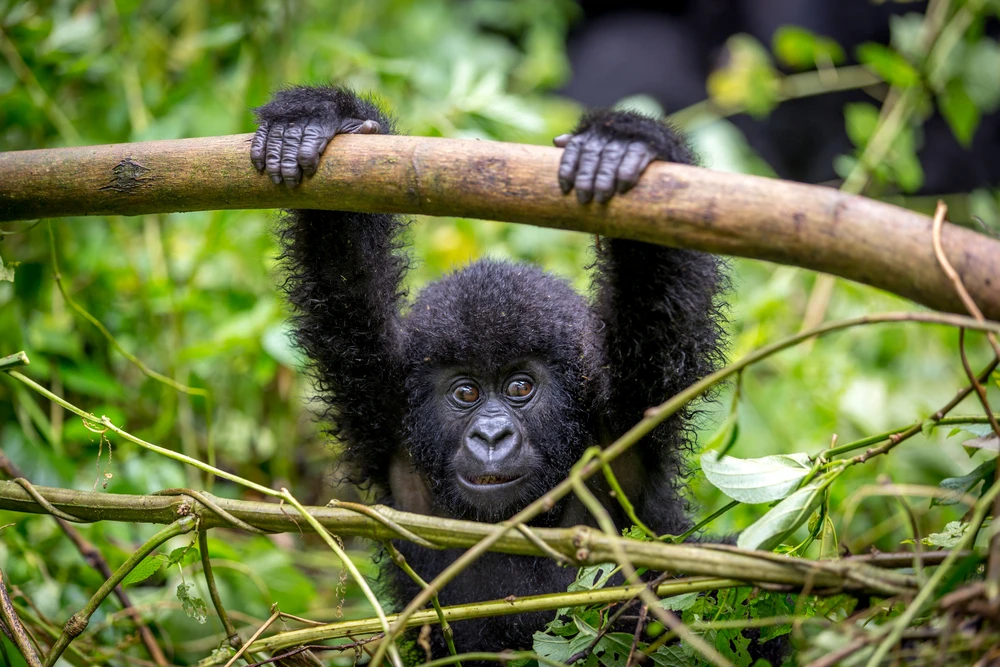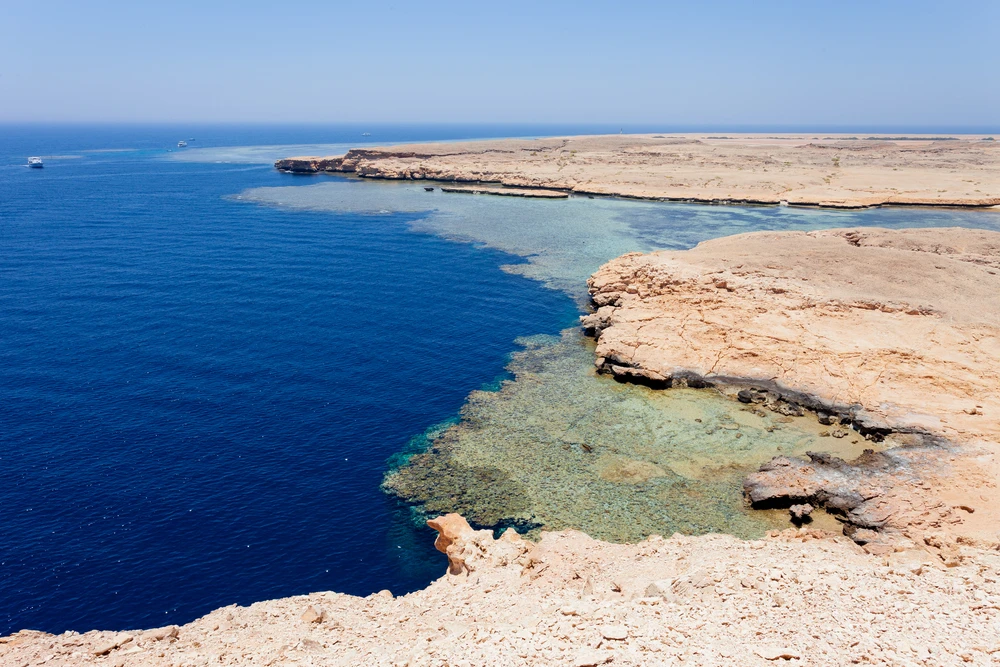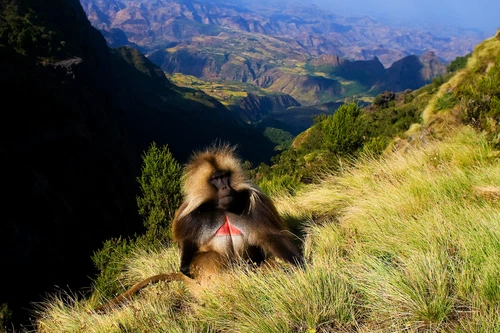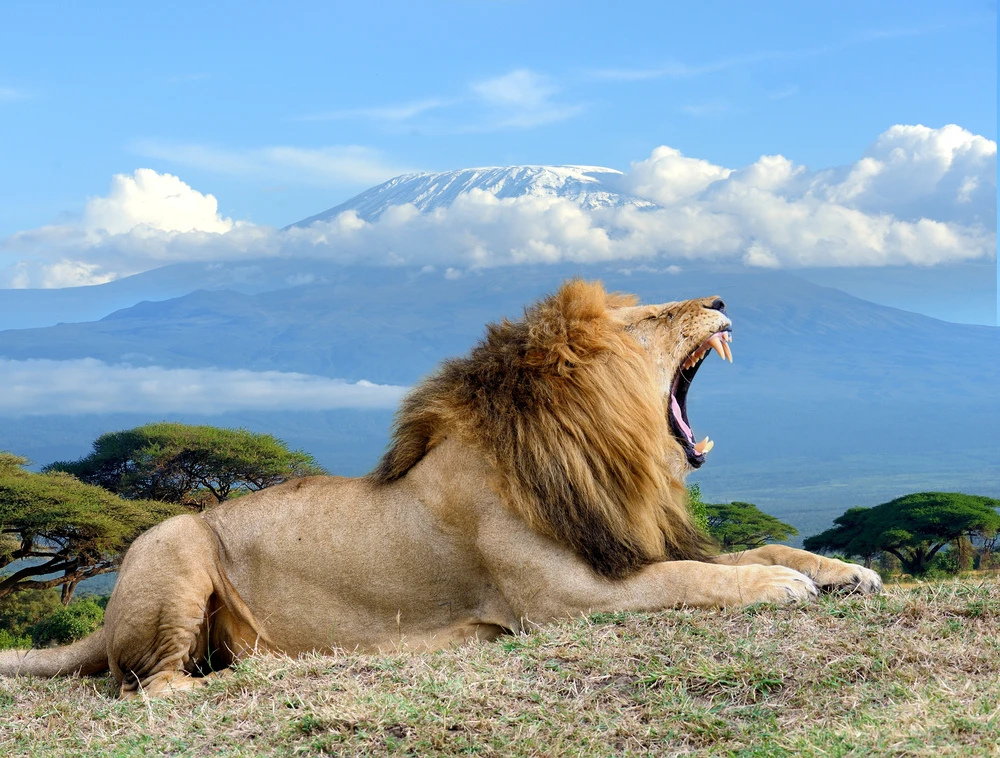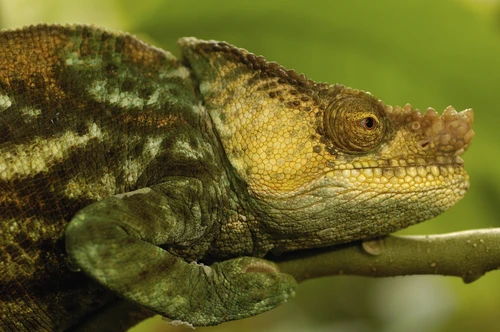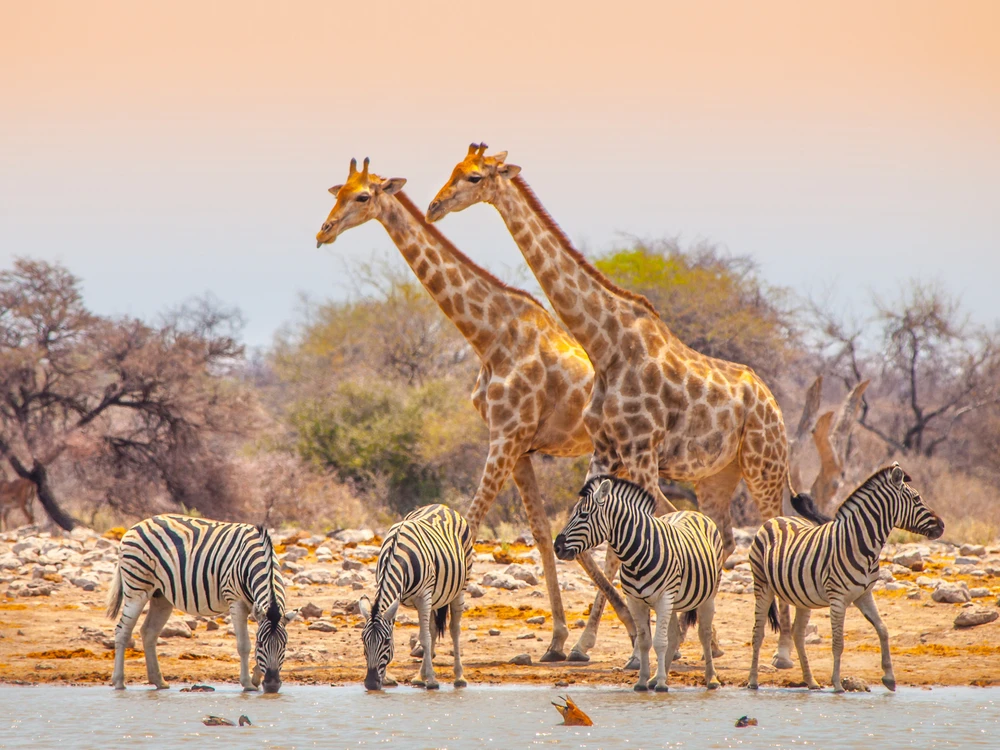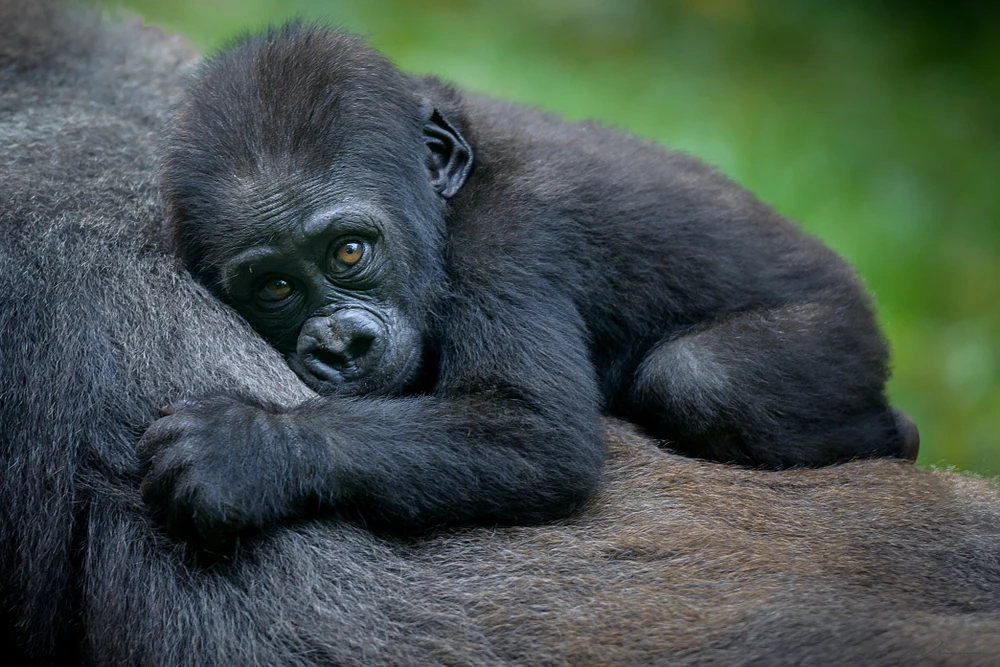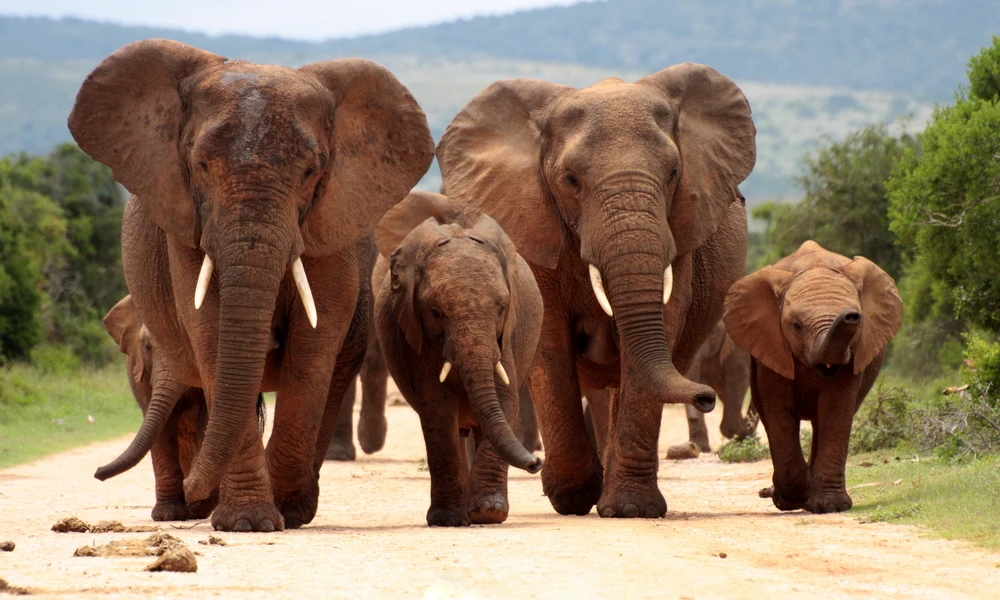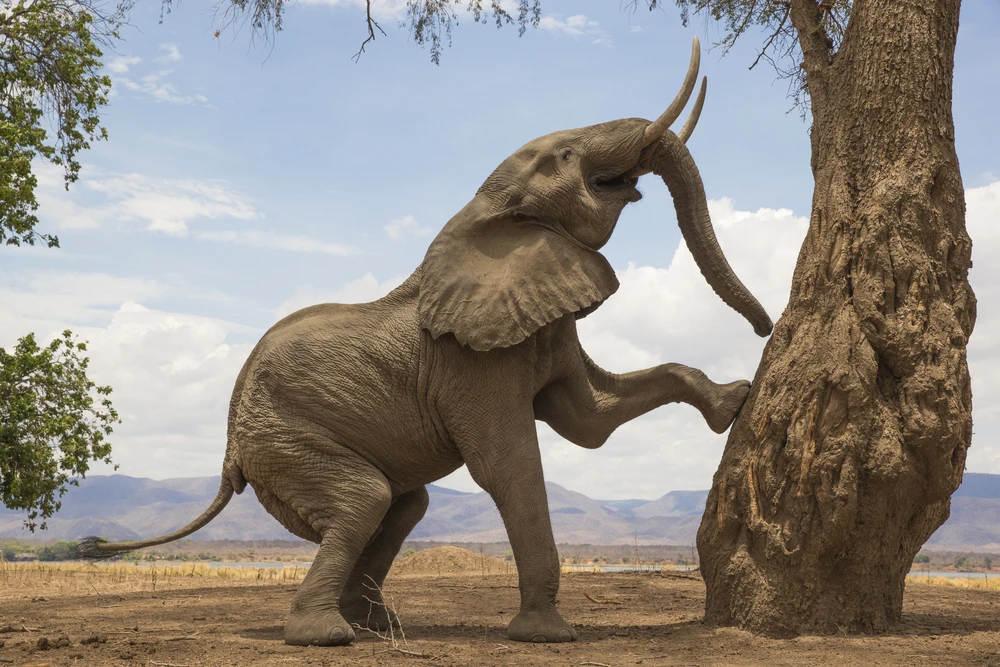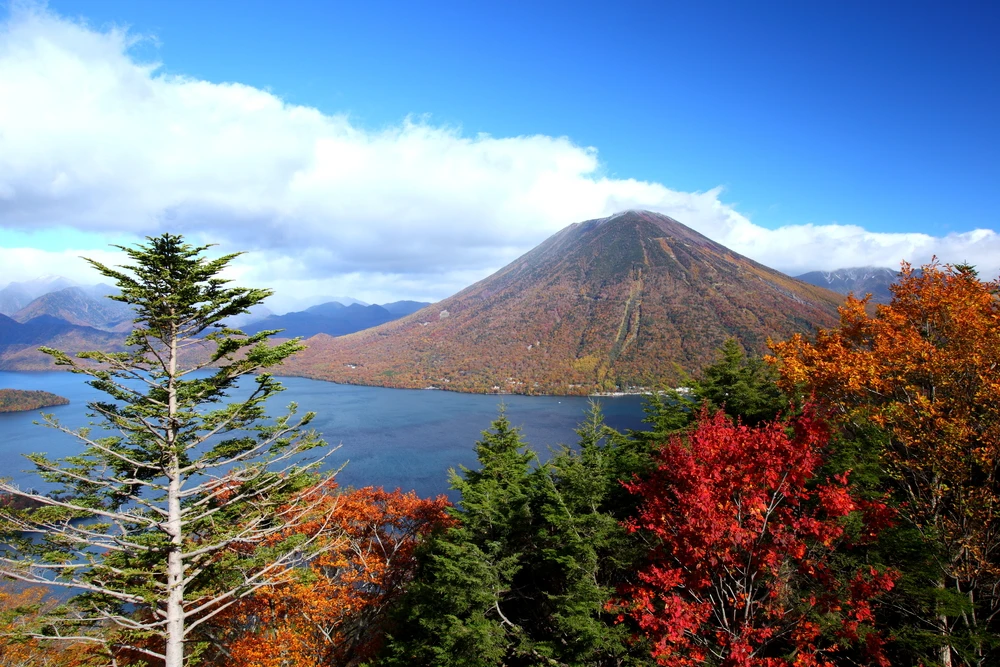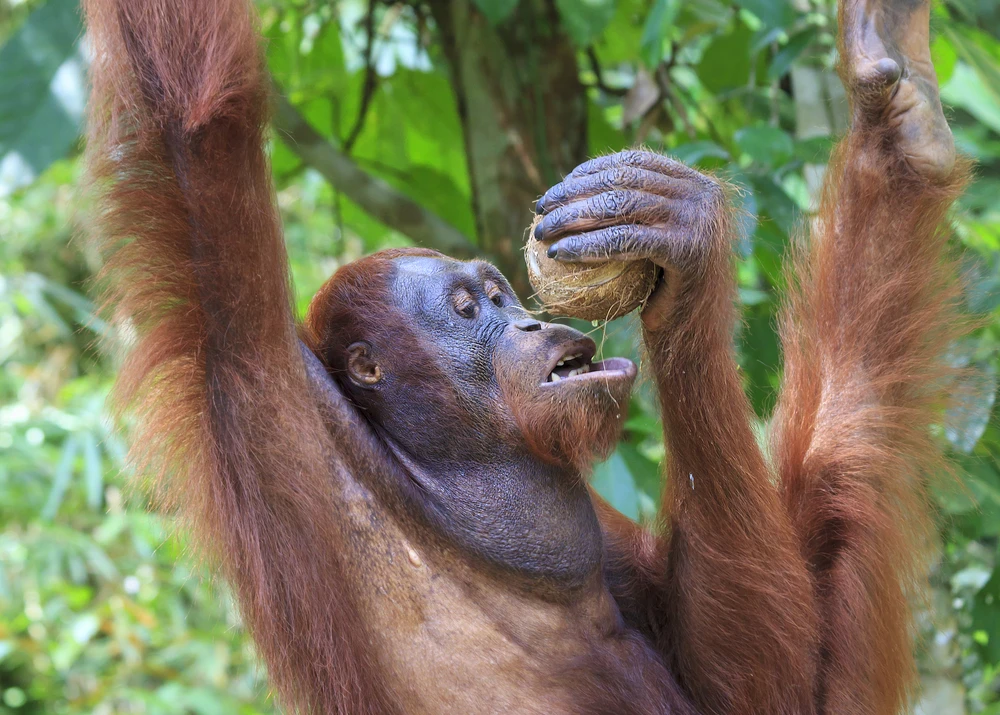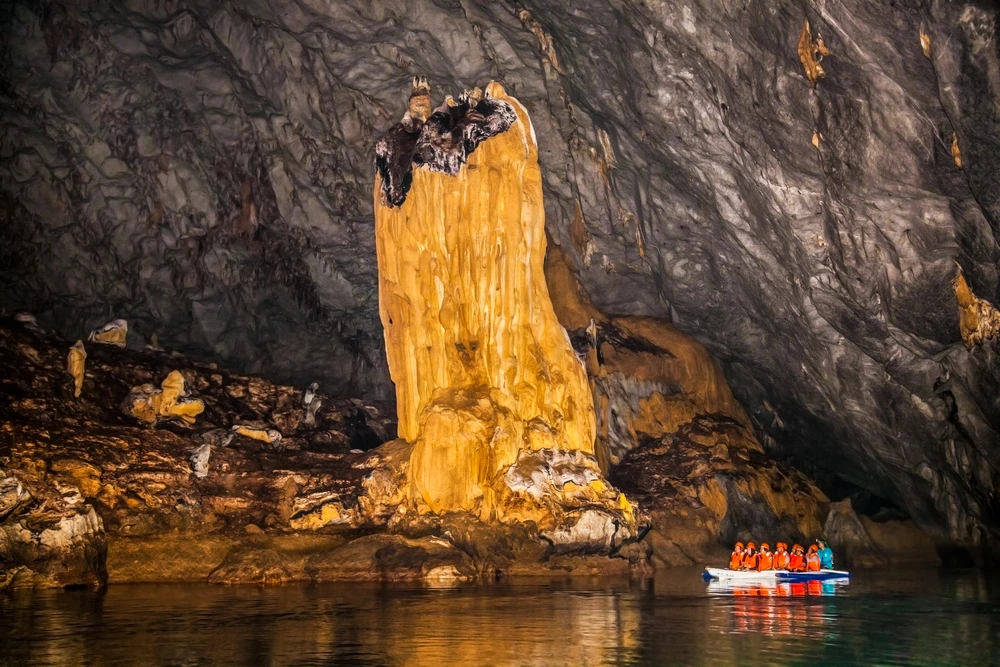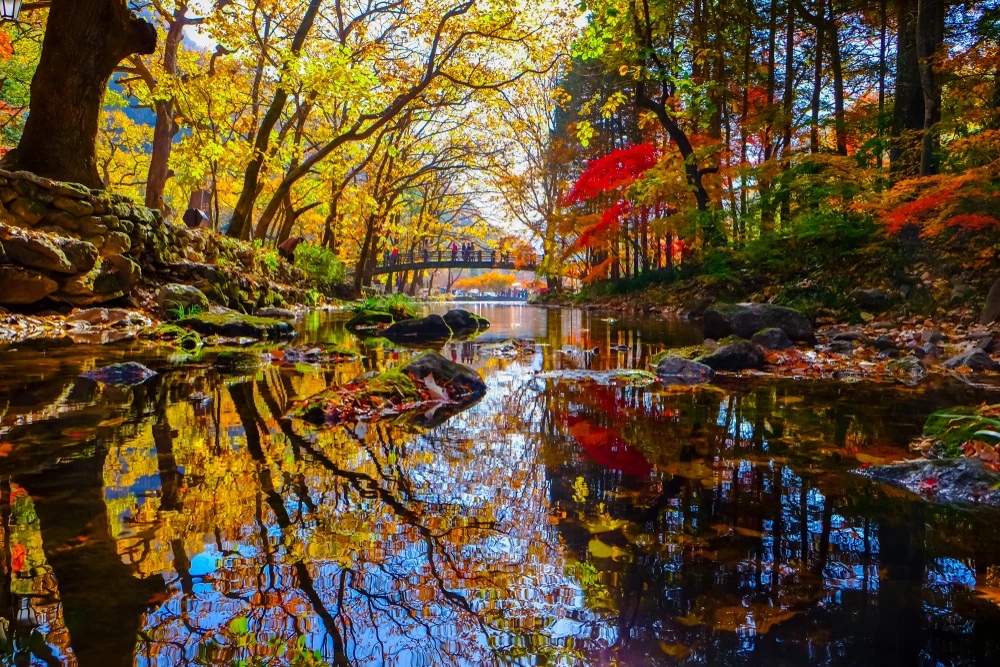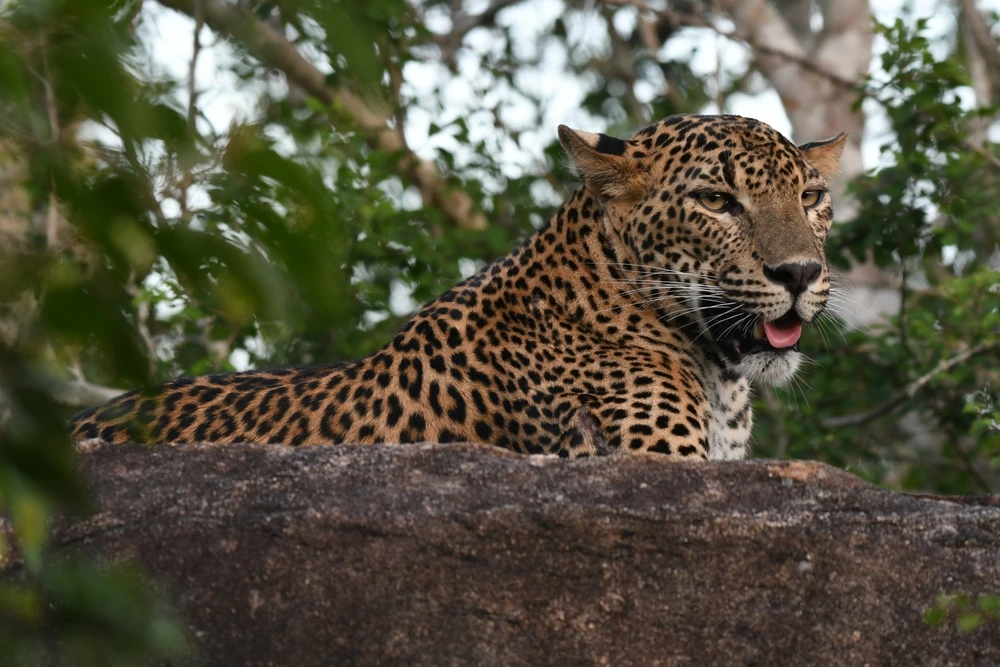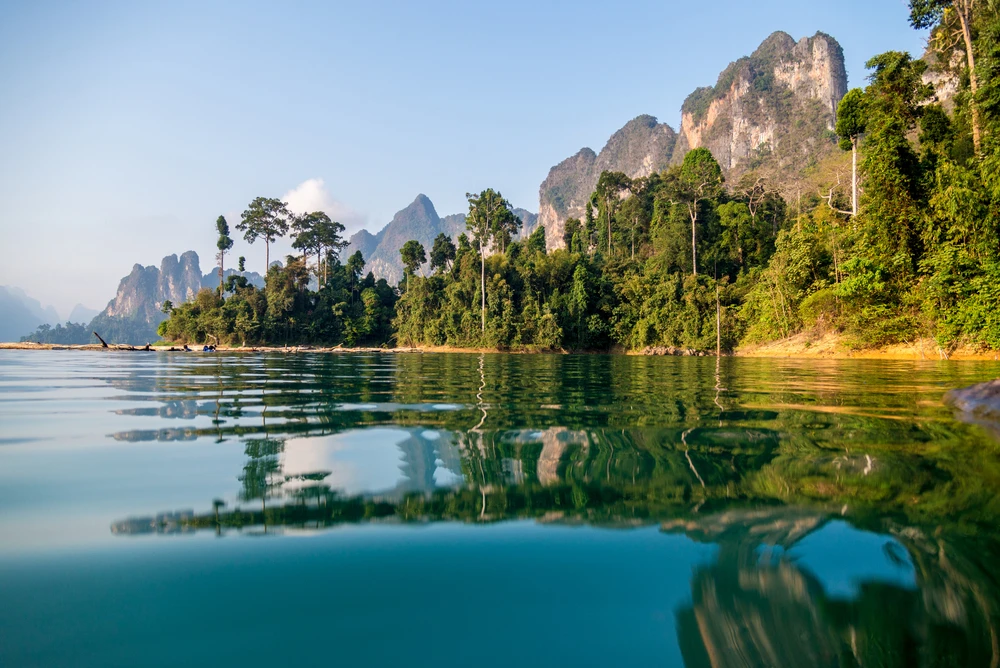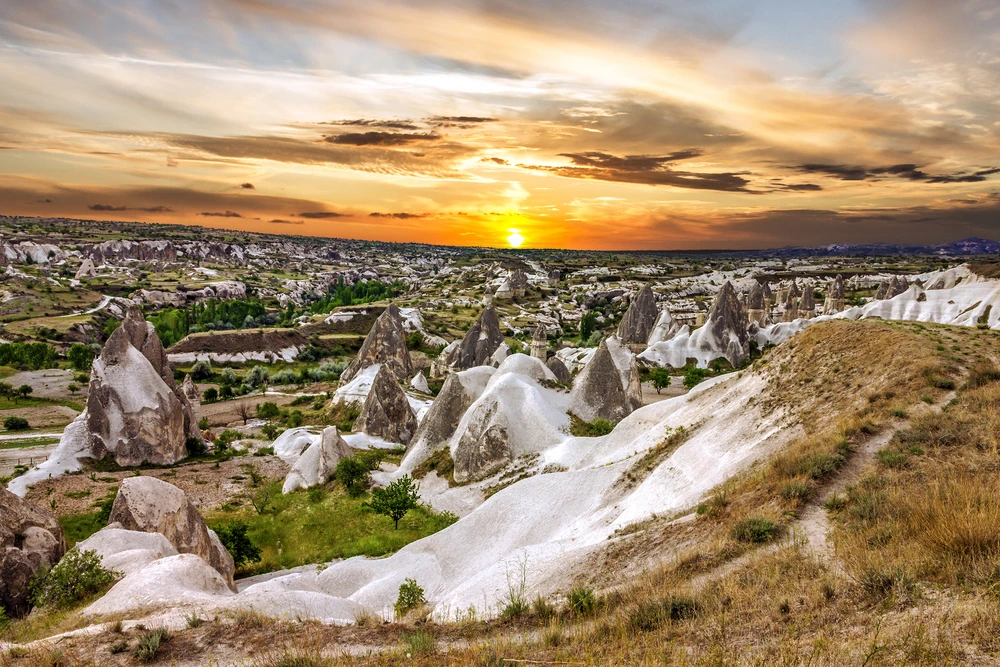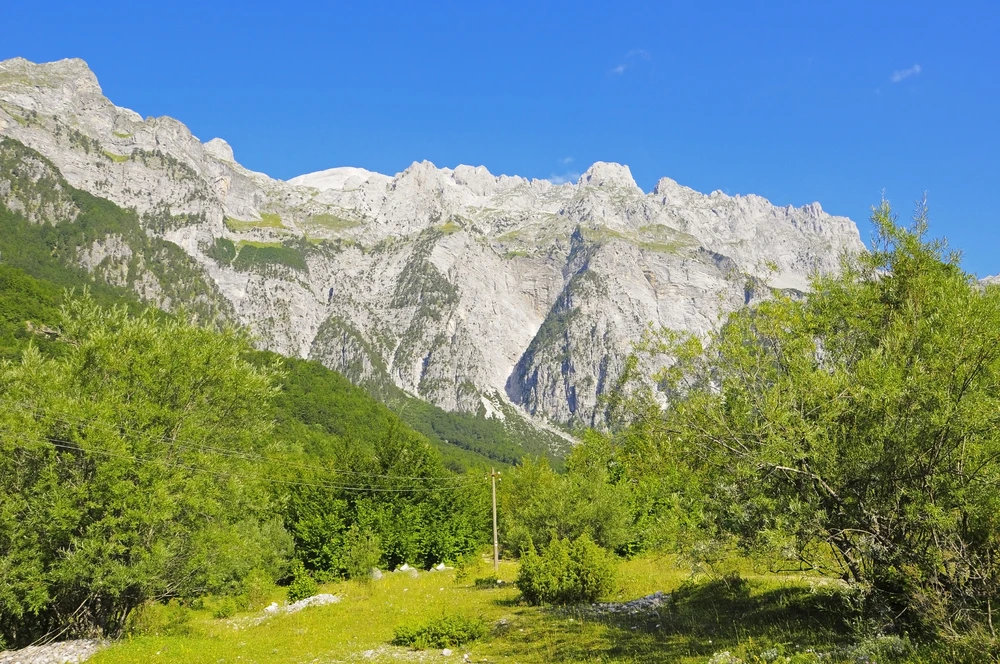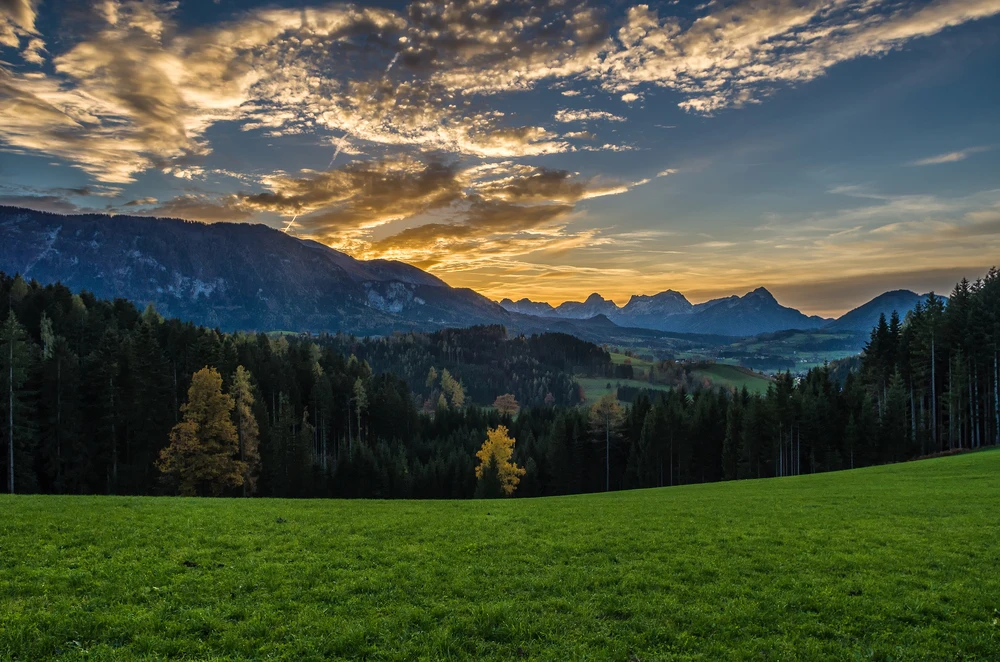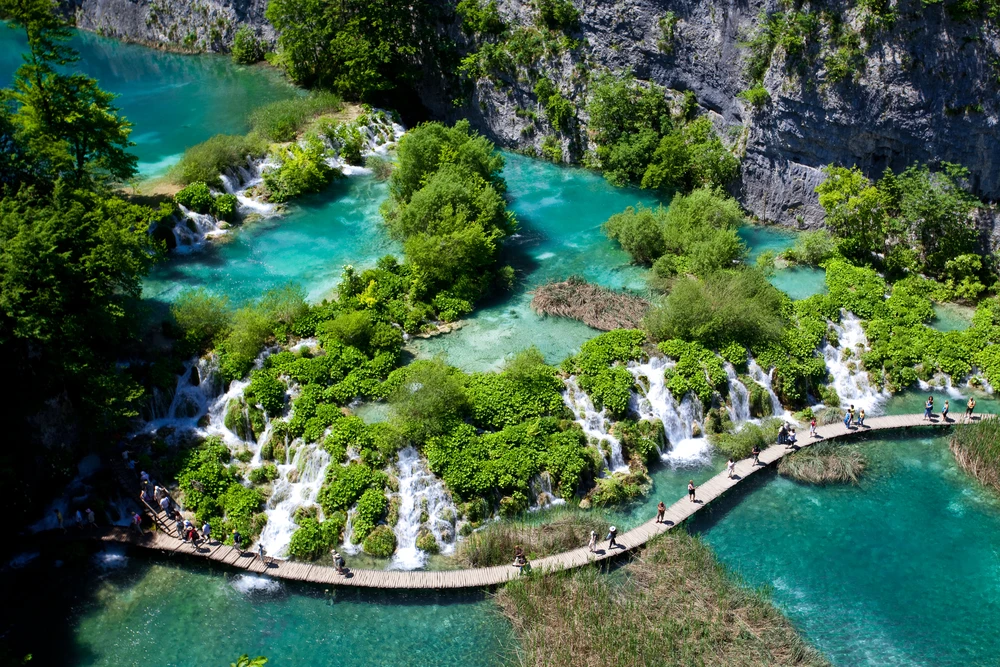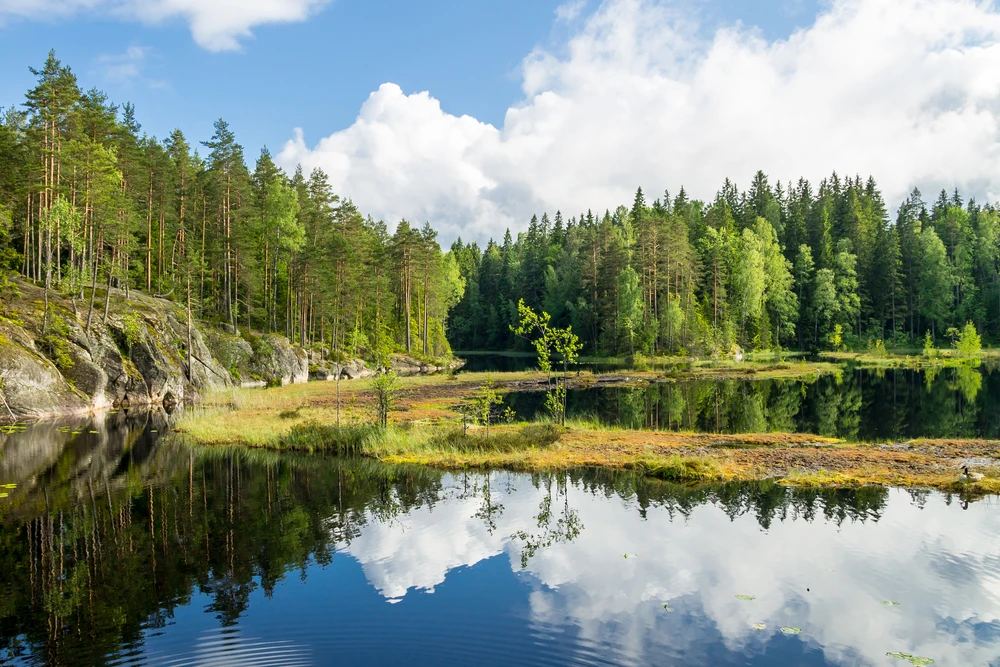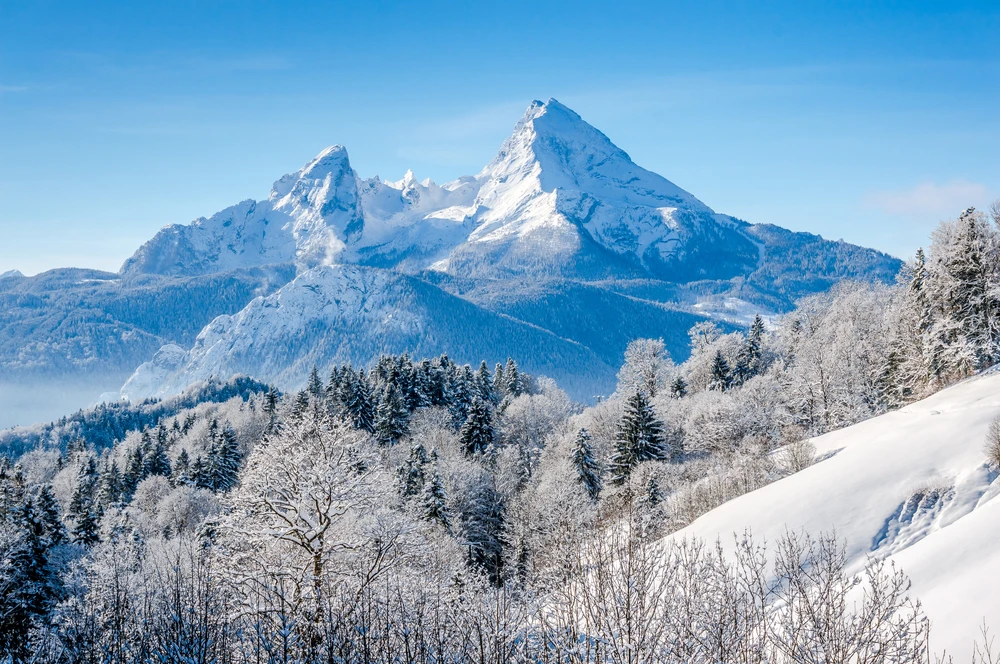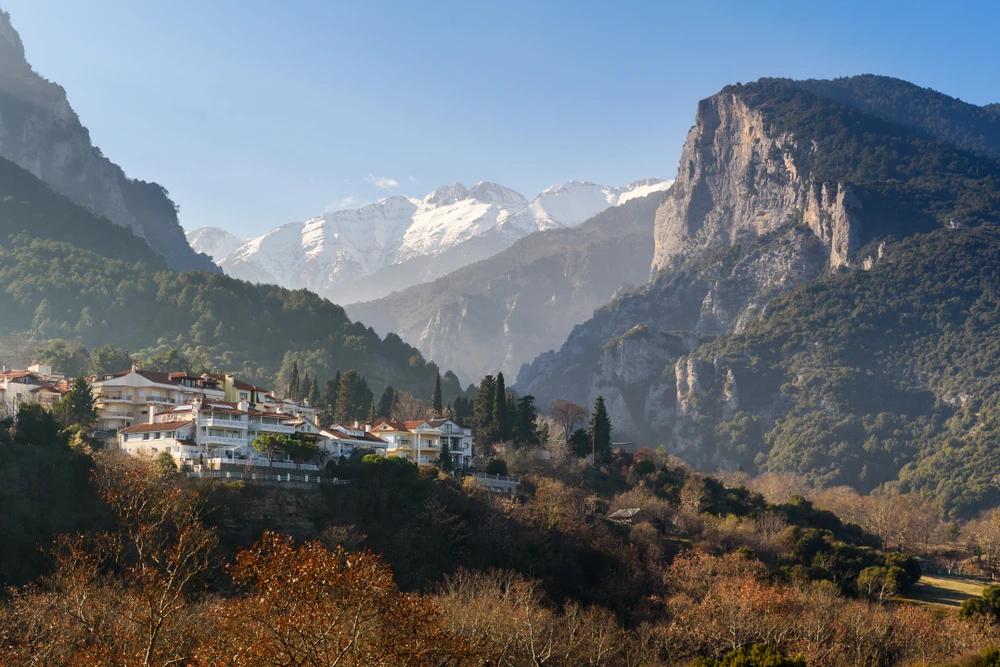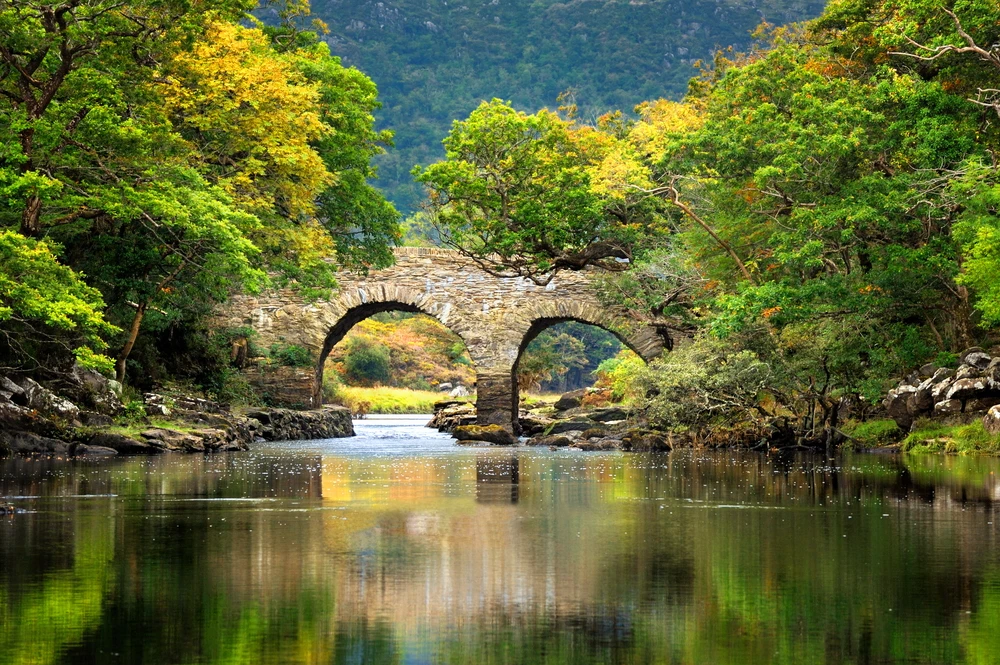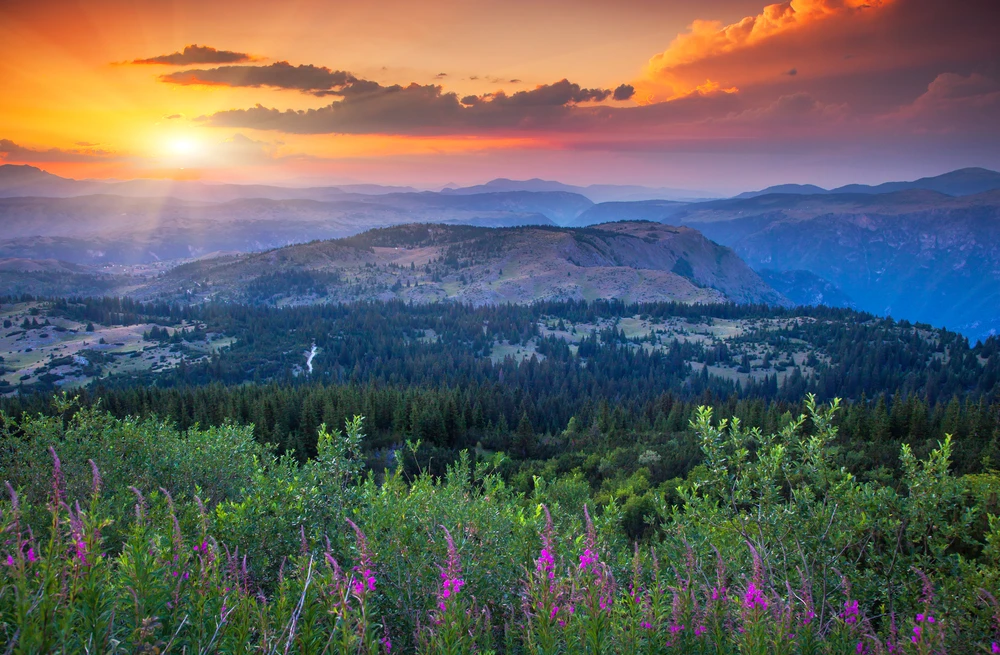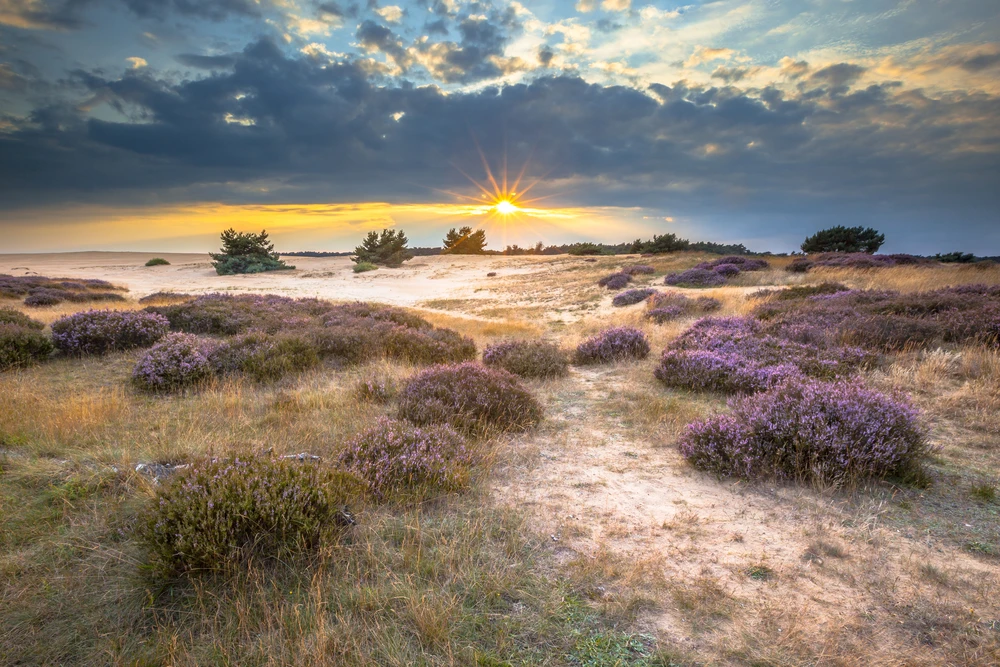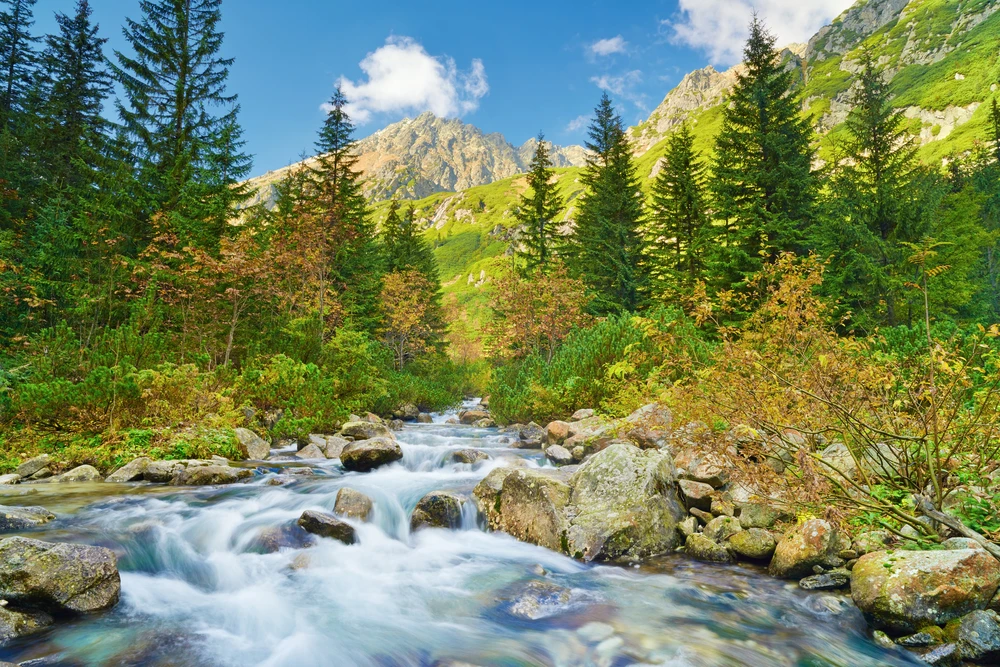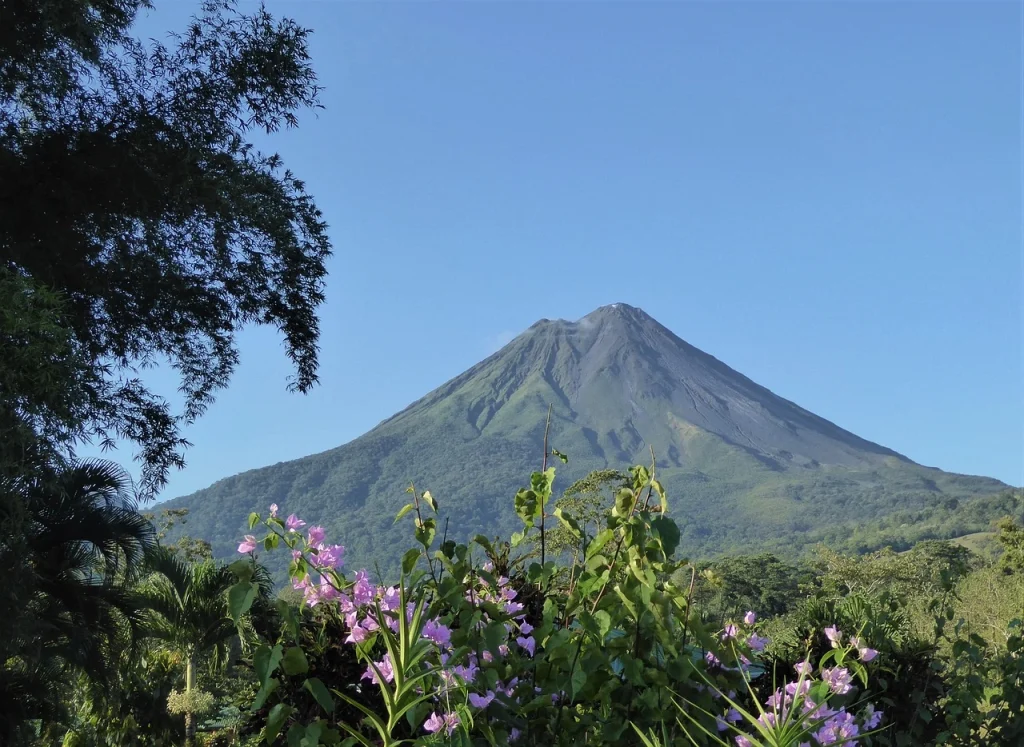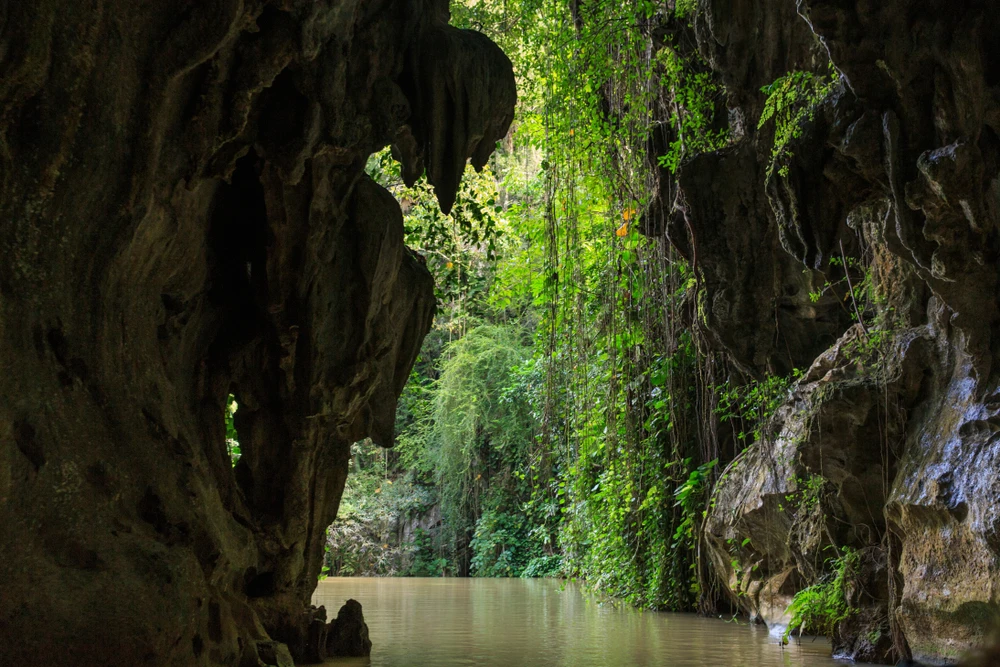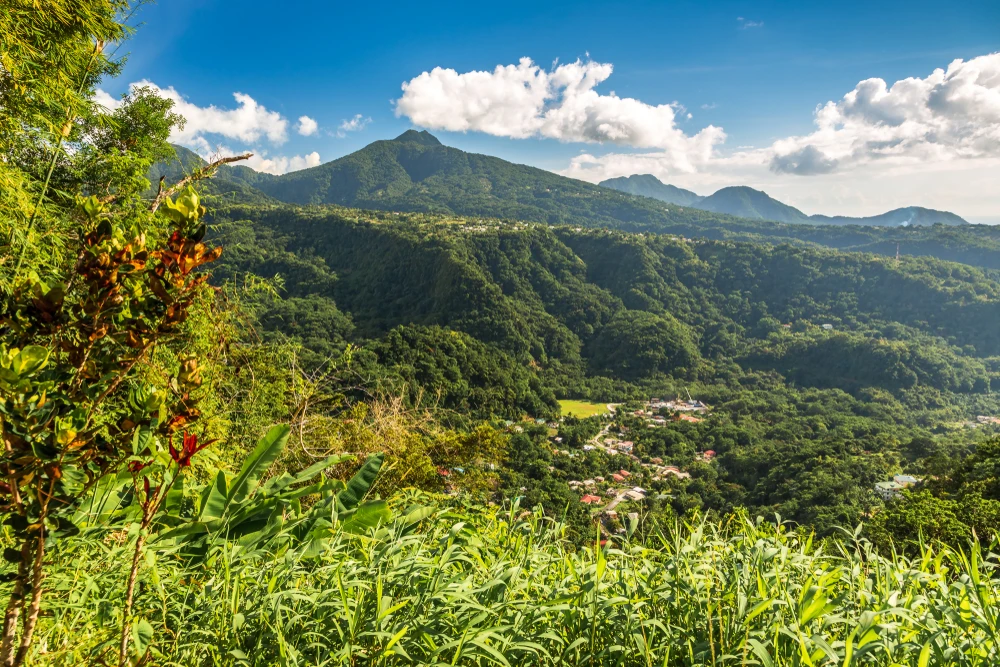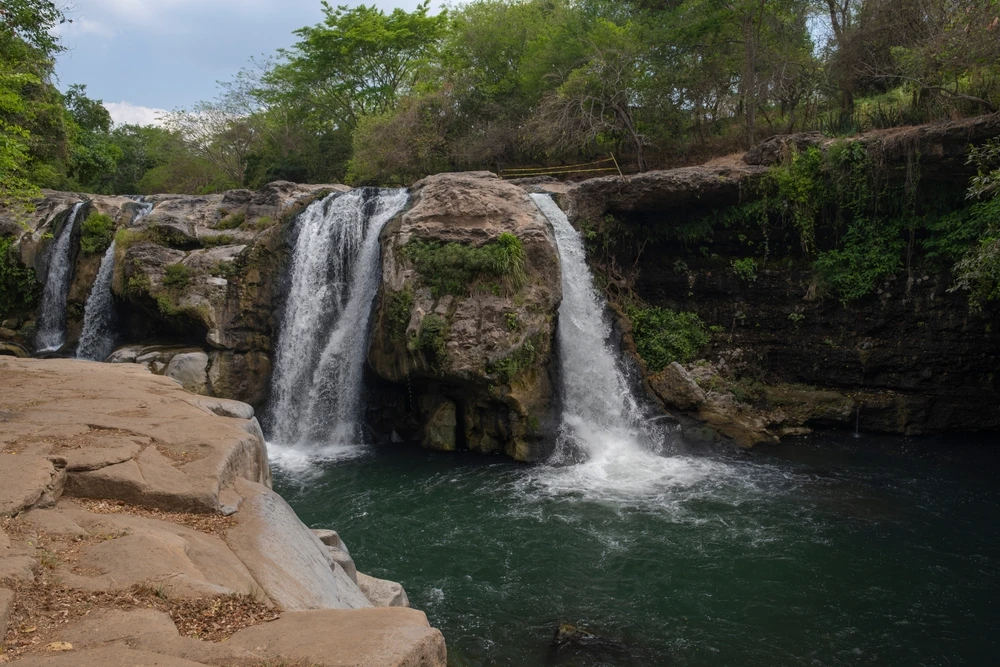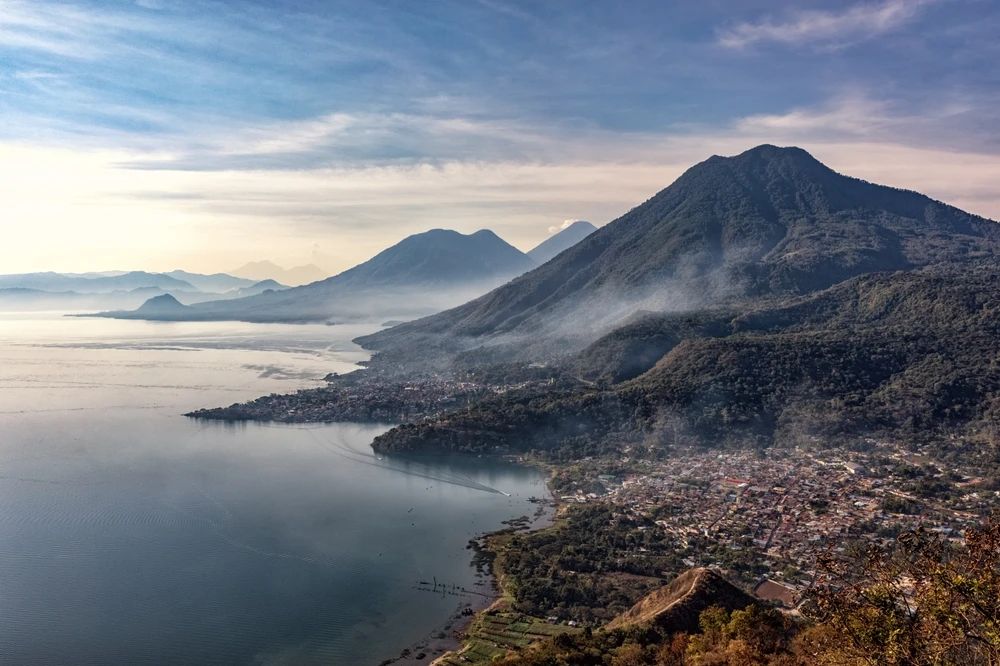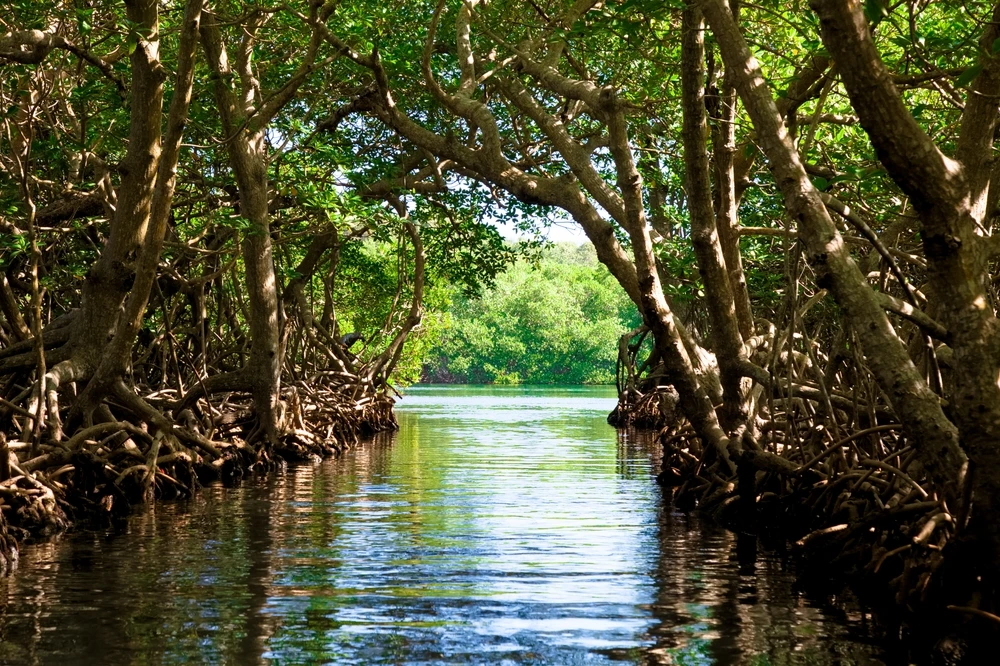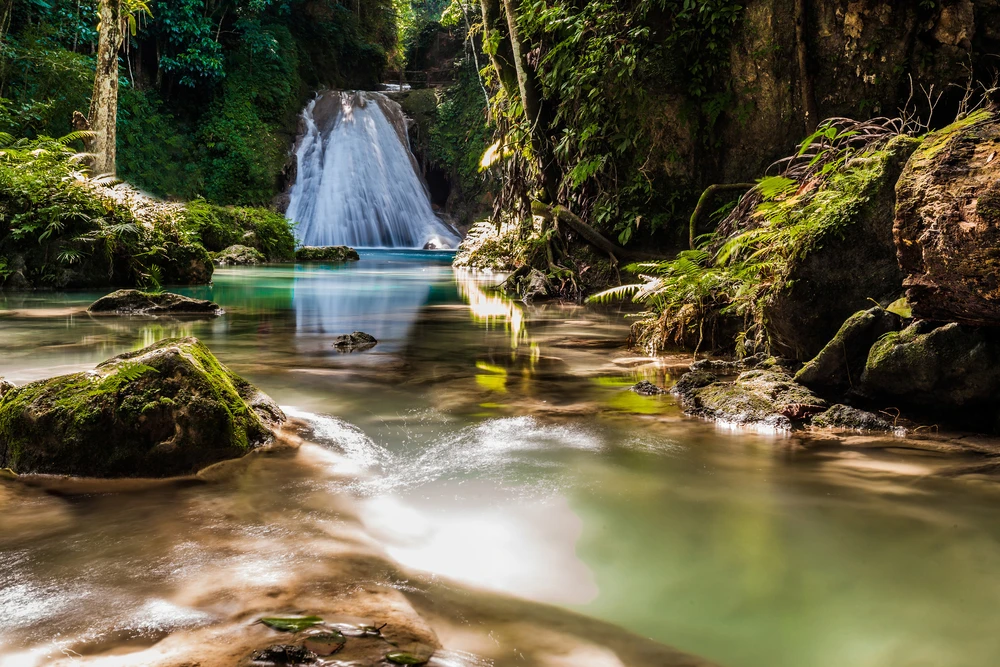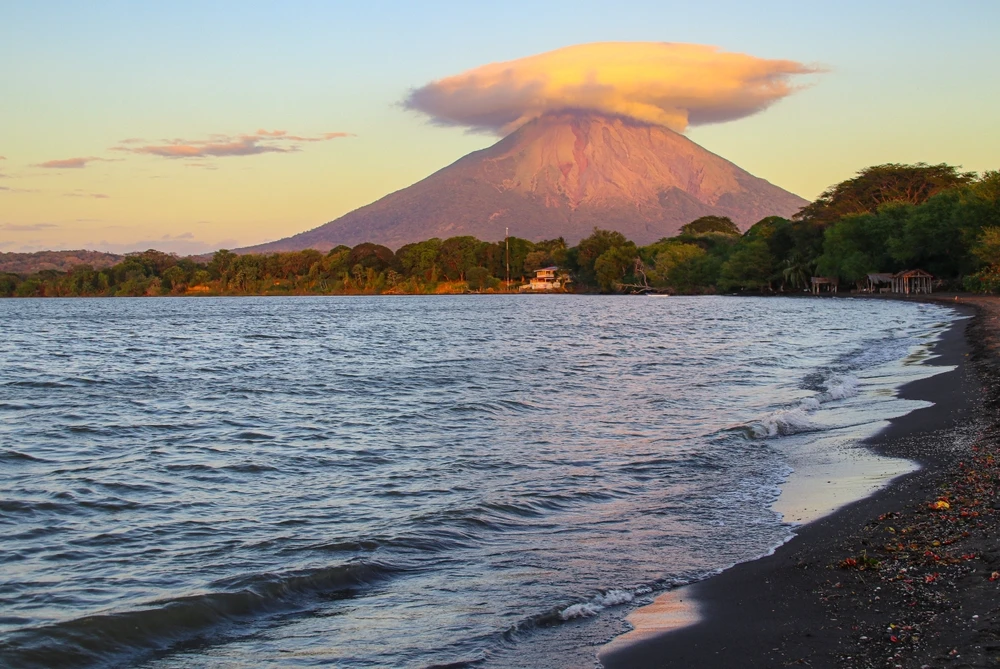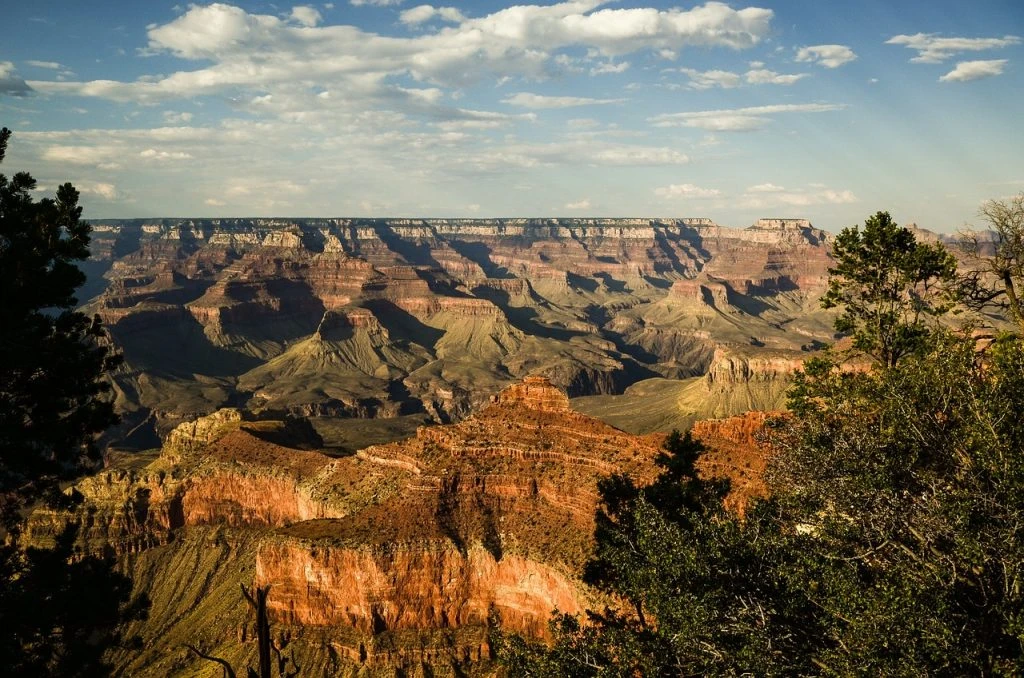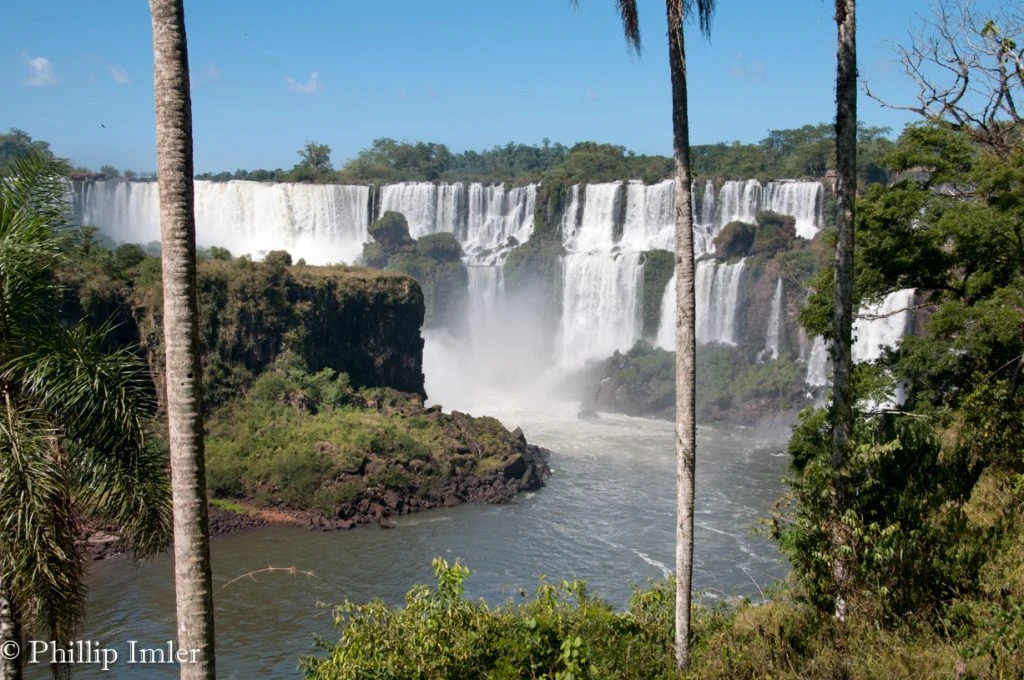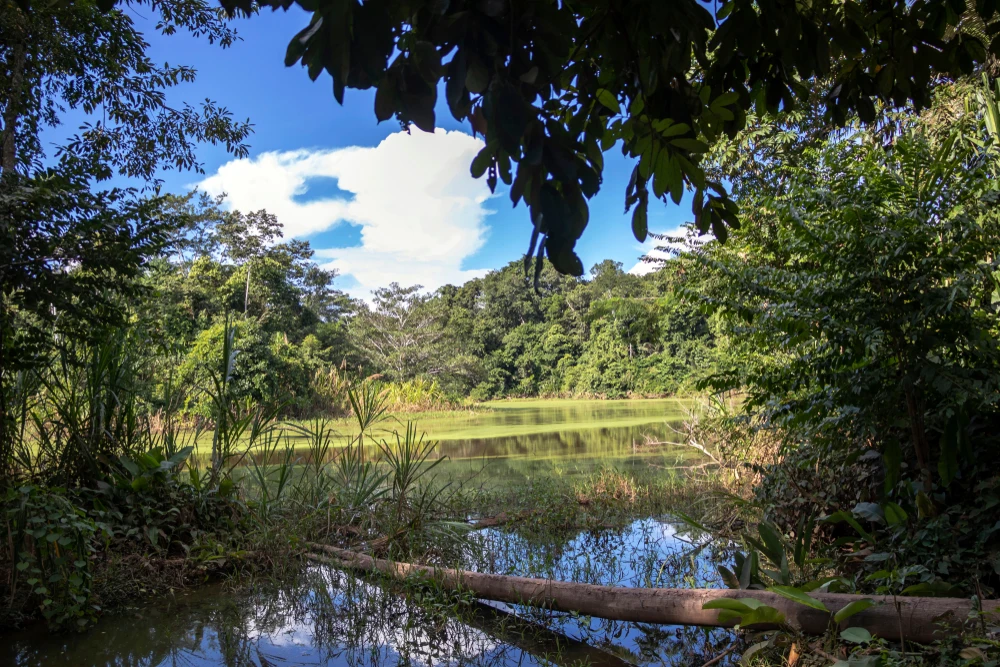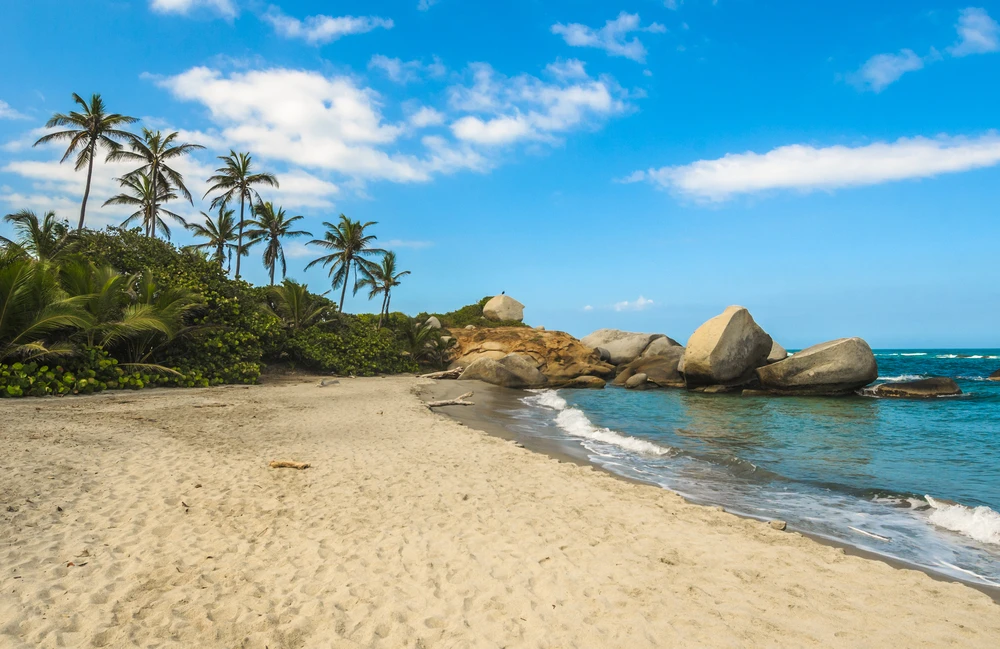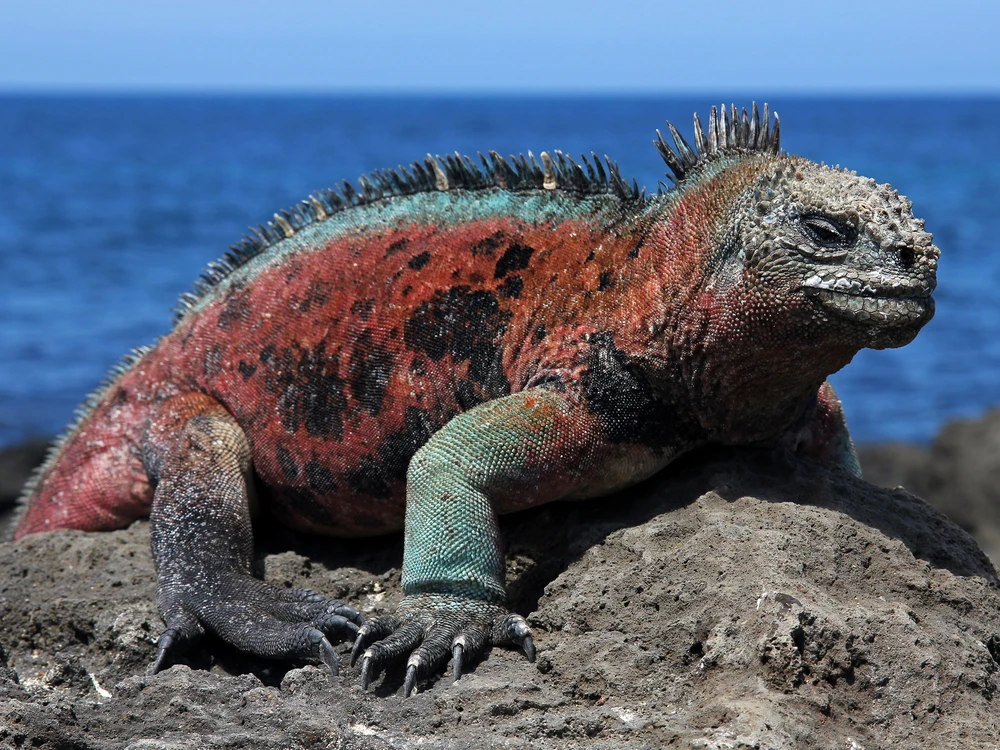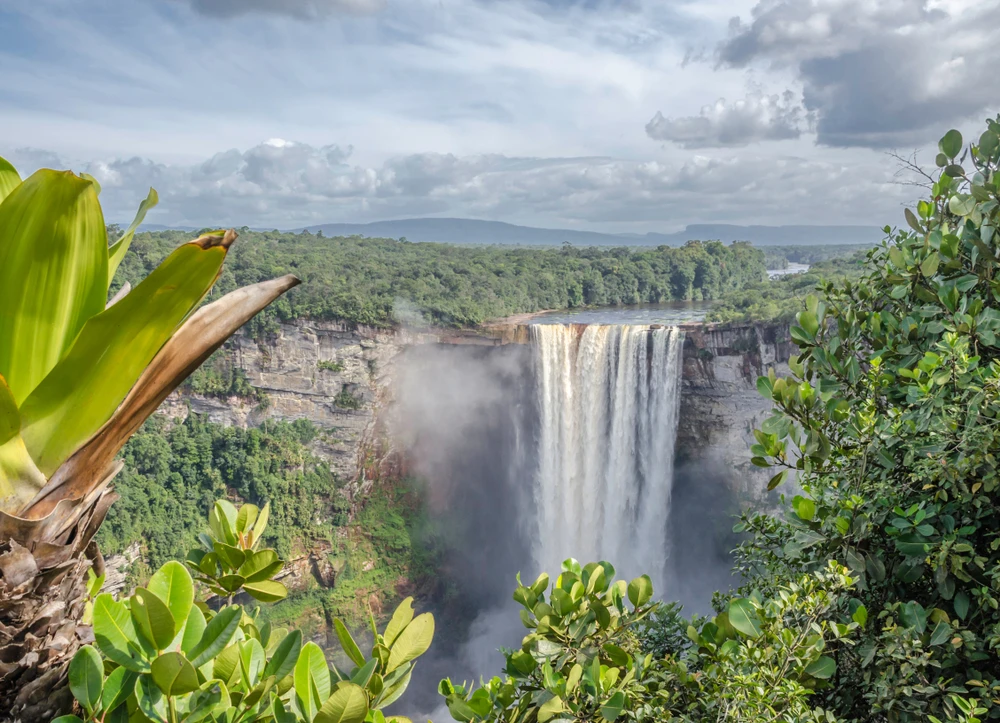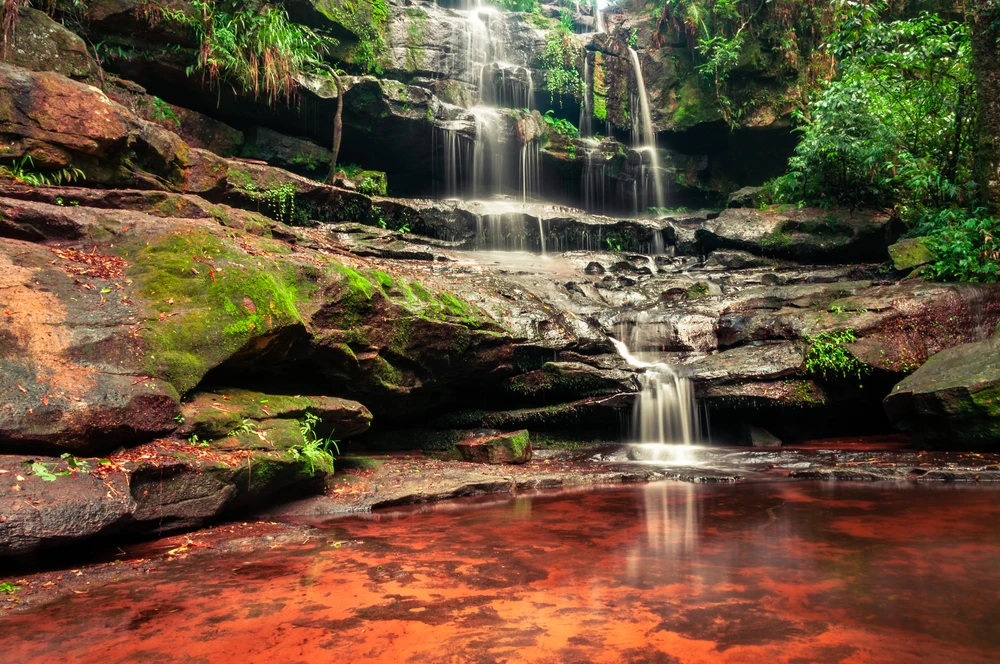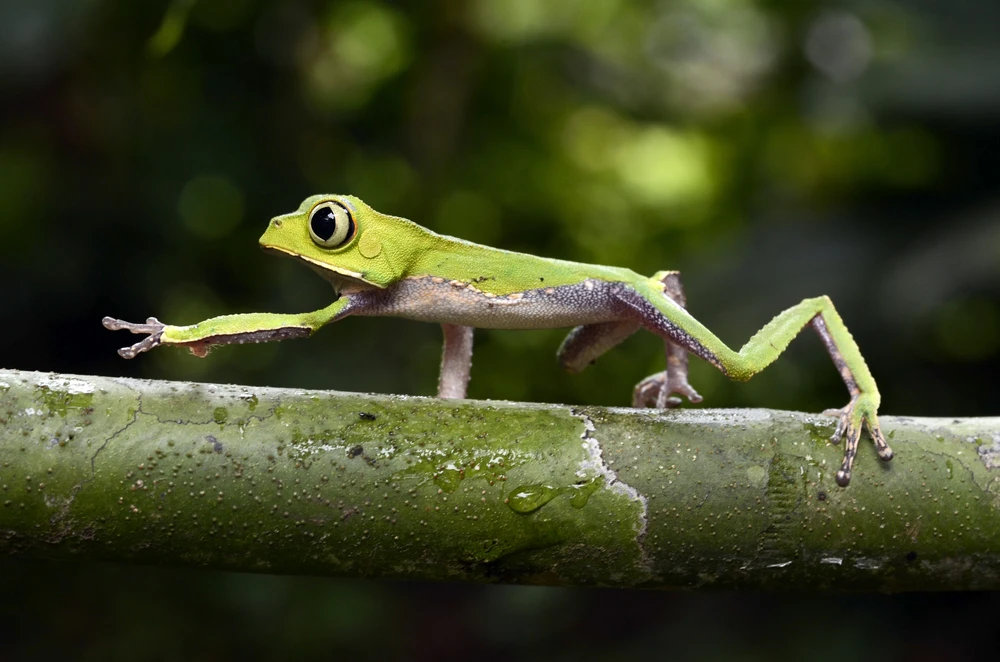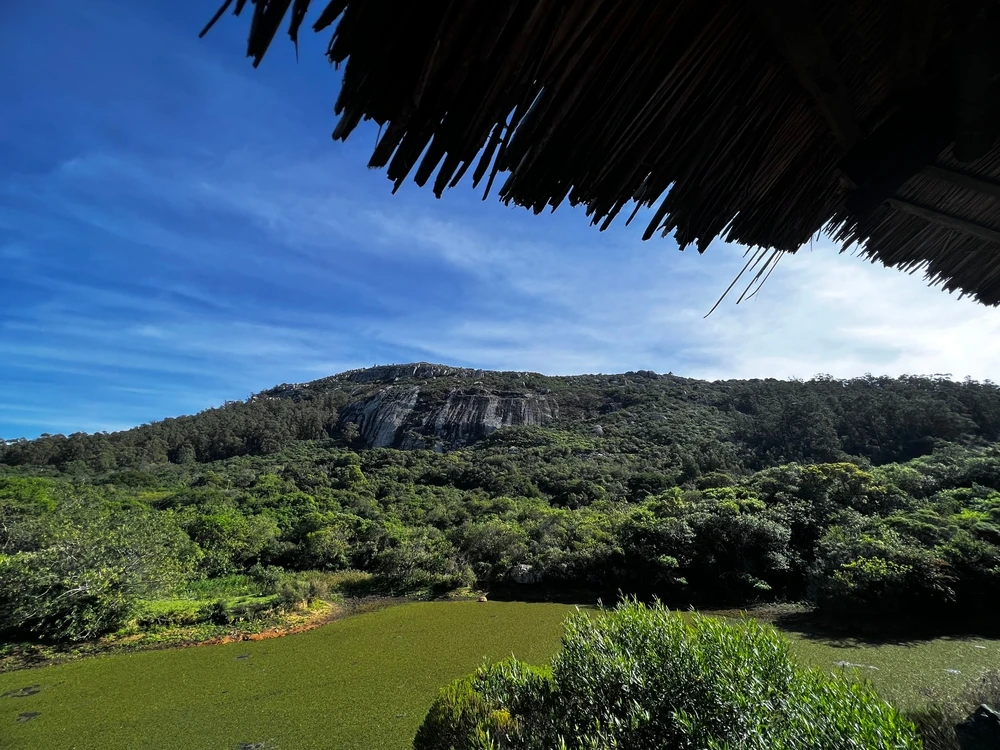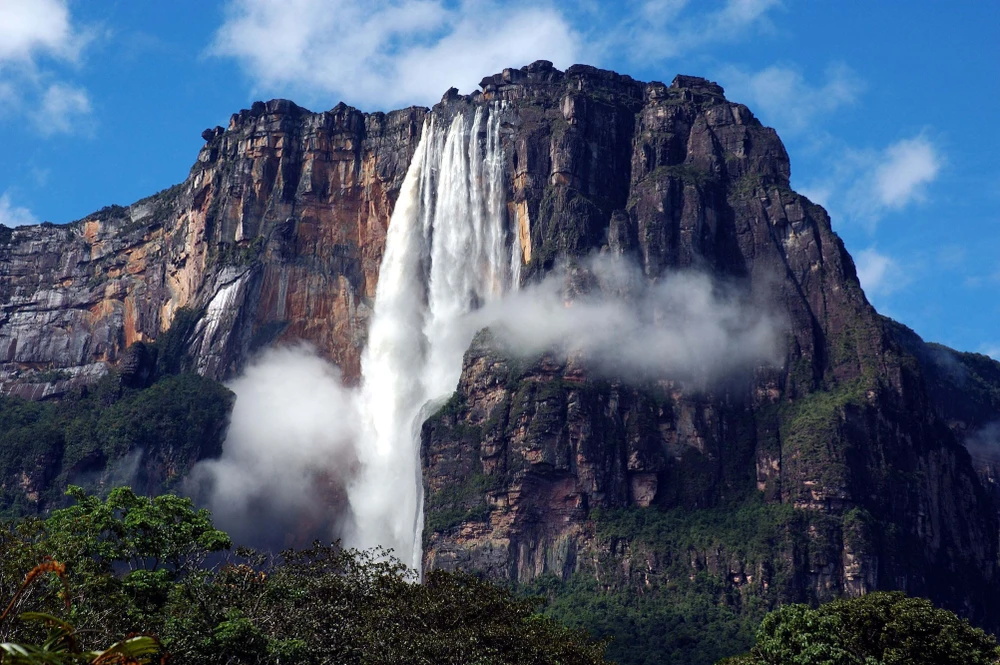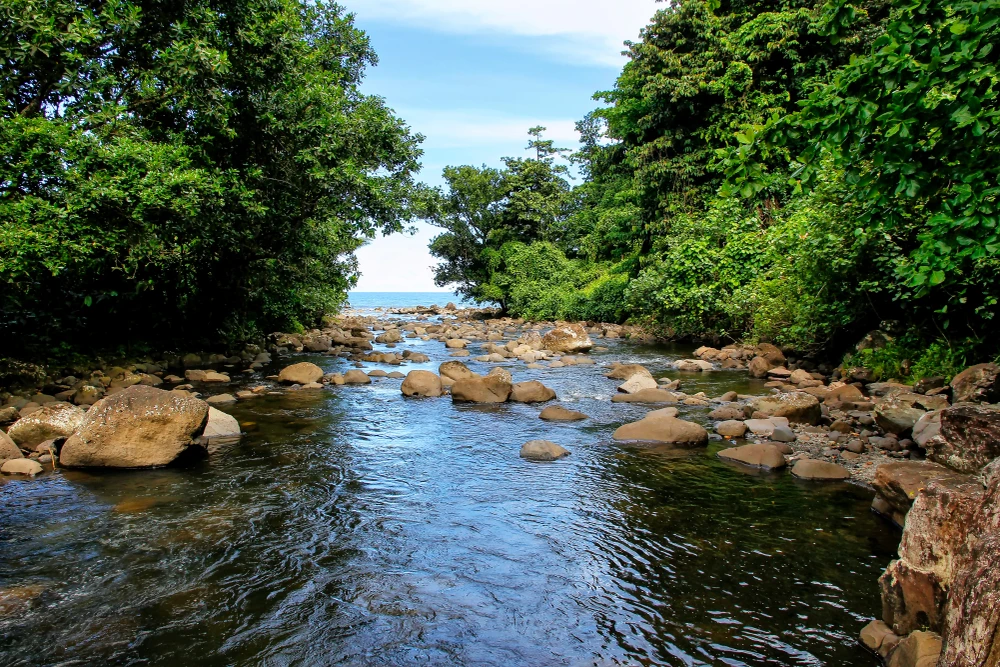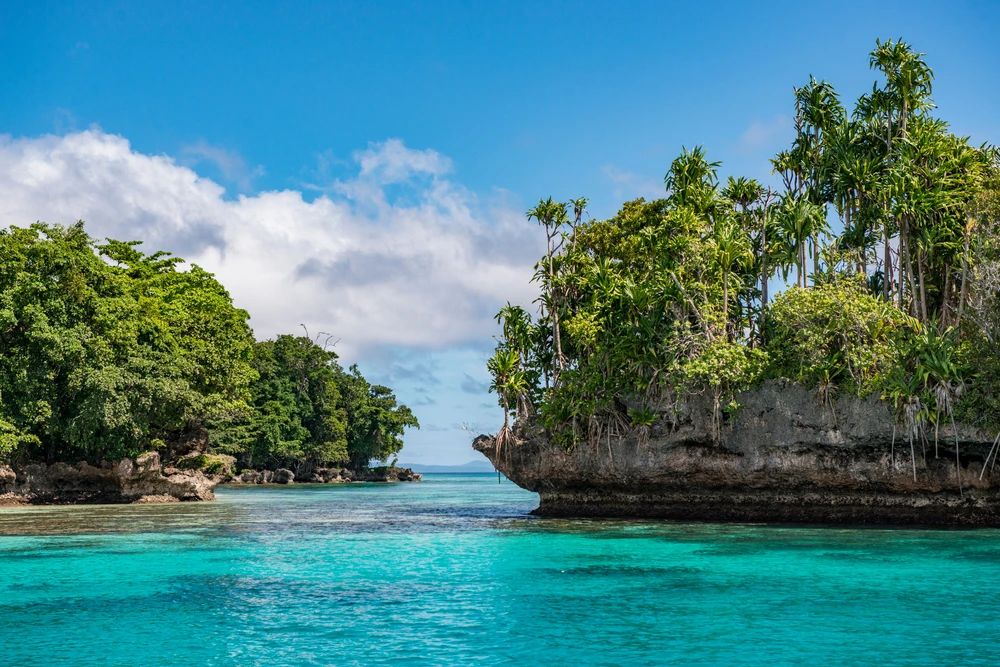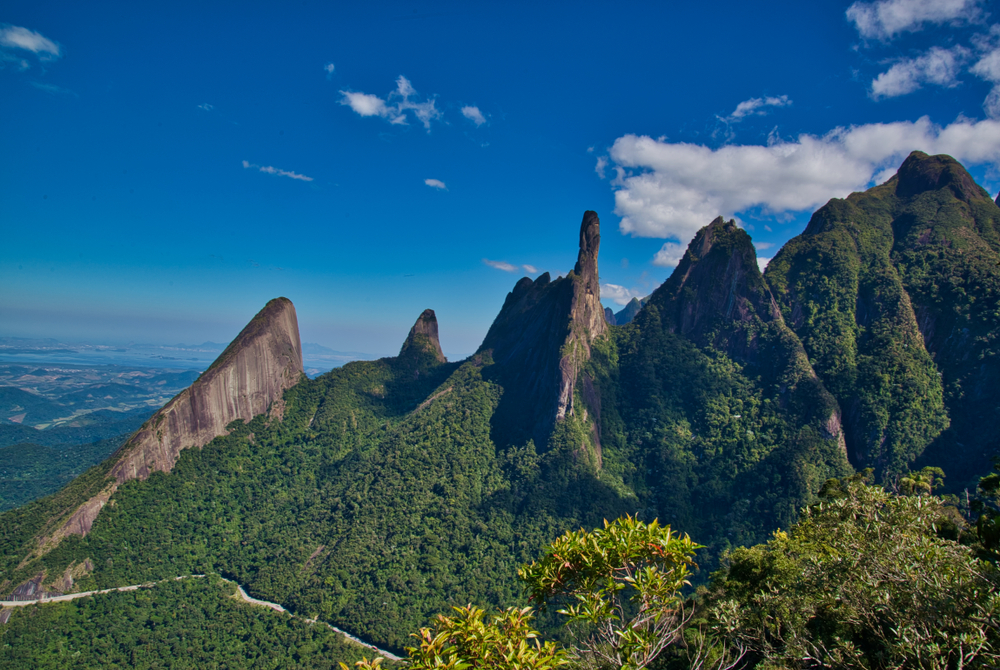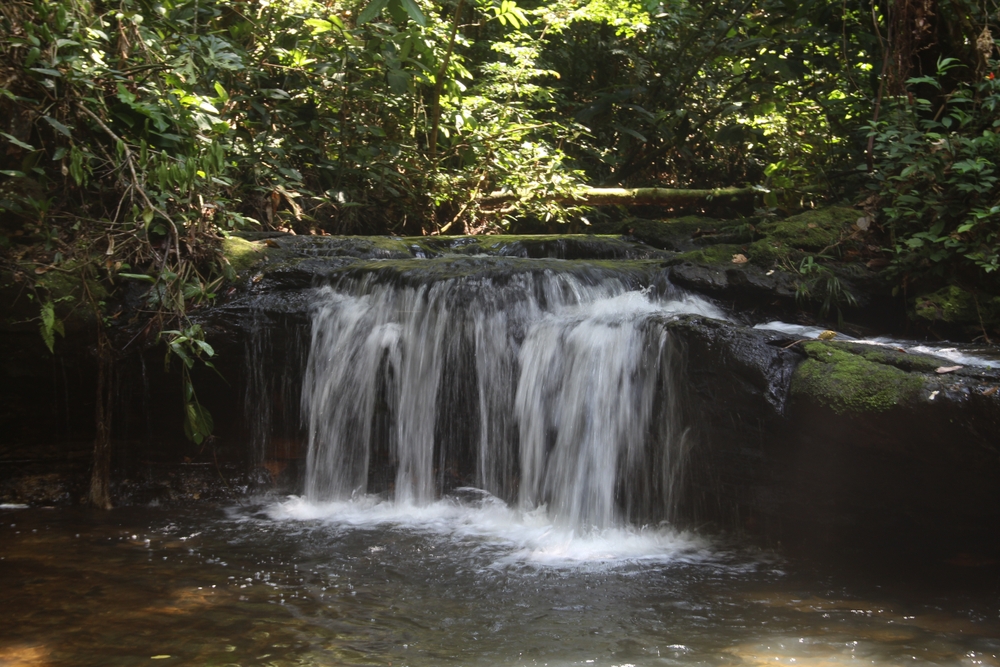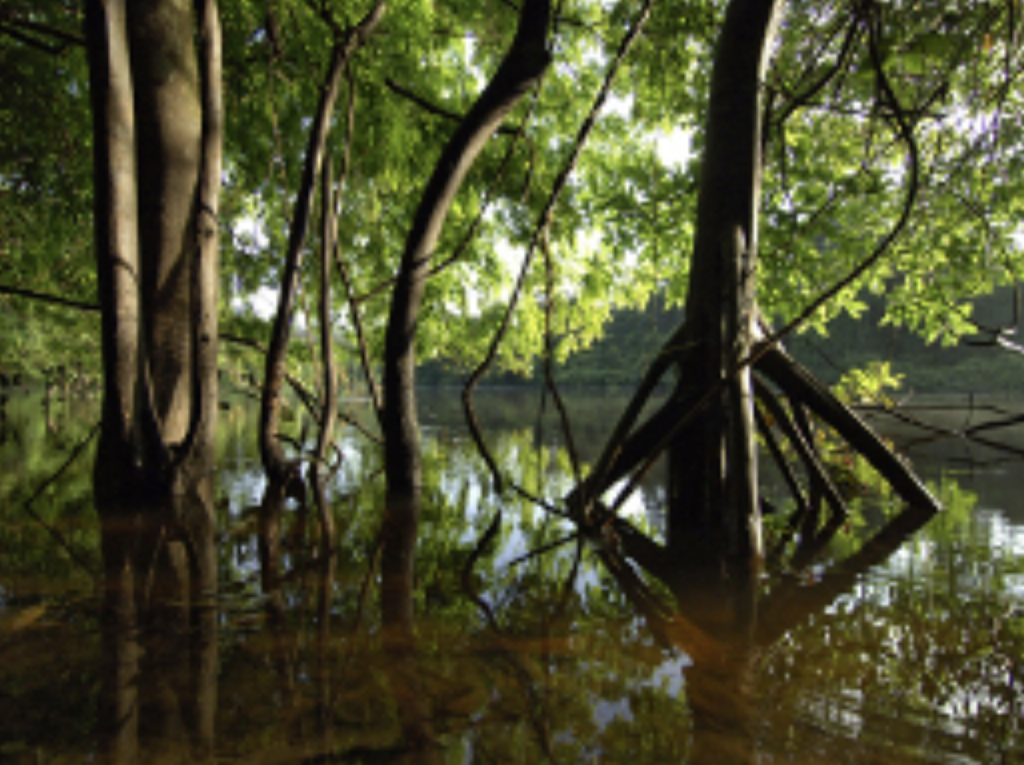Serra dos Órgãos Overview
Serra dos Órgãos National Park, or Parque Nacional da Serra dos Órgãos in Portuguese, is a protected area in the state of Rio de Janeiro, Brazil. Covering approximately 124 square miles (322 square kilometers), the park is part of the larger Serra do Mar mountain range.
It is known for its rugged terrain, steep peaks, and deep valleys covered in lush Atlantic Forest, one of the most biodiverse ecosystems in the world. The park is famous for its dramatic rock formations, including the iconic Dedo de Deus (God’s Finger), which rises sharply into the sky.
Other notable peaks include Pedra do Sino, the highest point at 7,425 feet (2,263 meters), and Agulha do Diabo, a challenging spire popular among rock climbers. Waterfalls such as Véu da Noiva and Poço Verde add to the park’s natural beauty, with clear streams flowing through the dense jungle.
The park’s biodiversity is remarkable, with a mix of tropical and montane forests that provide habitat for an array of wildlife. Mammals such as ocelots, pumas, and howler monkeys roam the dense foliage, while smaller species like armadillos and capybaras can also be spotted.
Birdwatchers flock to Serra dos Órgãos for its more than 450 recorded bird species, including the vibrant saffron toucanet, the elusive black-and-gold cotinga, and the striking surucua trogon. Reptiles and amphibians, such as the colorful poison dart frogs and tree-dwelling lizards, thrive in the humid environment, making the park a hotspot for herpetology enthusiasts.
Serra dos Órgãos National Park is a favorite among outdoor enthusiasts, offering some of Brazil’s best hiking and climbing opportunities. The most famous trail, the Petrópolis-Teresópolis Traverse, stretches about 19 miles (30 kilometers) and is considered one of the most scenic hikes in the country, passing through high-altitude grasslands and cloud forests with panoramic views of the surrounding mountains.
For those looking for shorter hikes, trails to attractions like Pedra do Sino or the waterfalls provide stunning vistas and close encounters with the region’s diverse flora and fauna. The park is also a rock climbing paradise, with hundreds of routes ranging from beginner-friendly climbs to expert-level ascents on near-vertical rock faces.
Visitors can engage with the park in a variety of ways, including guided eco-tours, camping, and wildlife observation. The park has well-maintained visitor centers and overnight shelters for those embarking on multi-day hikes. Educational programs and conservation initiatives help raise awareness about the importance of protecting the Atlantic Forest, one of the most endangered biomes in the world.
Despite its beauty, the park faces challenges such as illegal logging, poaching, and encroaching urban development, which threaten its delicate ecosystem. However, conservation efforts led by the Chico Mendes Institute for Biodiversity Conservation (ICMBio) and local organizations have helped protect key habitats and promote sustainable tourism practices.
Serra dos Órgãos National Park offers an unforgettable experience for nature lovers, combining dramatic landscapes, rich biodiversity, and thrilling outdoor activities. Whether exploring its misty trails, climbing its towering peaks, or simply taking in the breathtaking views, visitors leave with a deep appreciation for this remarkable corner of Brazil.


